Back in 2004, when I was but a wee child, I’d spend my evenings after school glued to the television watching my dad play the latest video games on our PS2. As a long-time Metal Gear fan, one of those games was — of course — Metal Gear Solid 3: Snake Eater. I’d watched him beat the first two games, so naturally we were excited to play this one too, and get back into the shoes of Solid Snake.
But wait, hold up. Something’s different. This new Metal Gear Solid game feels kinda old-timey compared to the first two. Why’s Snake using a radio instead of the Codec? Who’s Major Tom? Where’s Otacon? Why’s he called Naked Snake instead of Solid Snake? Look, I was 11 years old and my tiny, still-developing brain hadn’t yet been able to grasp the concept of prequels.
Either way, I watched my dad push through Snake Eater and we eventually hit a seeming insurmountable wall. The End. No I mean it was literally the end for us. The End, a sniper boss that you encounter about halfway through the game, is one of the most iconic and recognizable boss fights of Metal Gear Solid. A shriveled up old man who snipes at you in a jungle, and the only way to beat him is by traversing through three screens’ worth of maps to find his hiding spot, shoot at him, and rinse and repeat. It’s a true battle of endurance that neither of us had any patience for, and it wasn’t long before my dad gave up entirely.
Delta
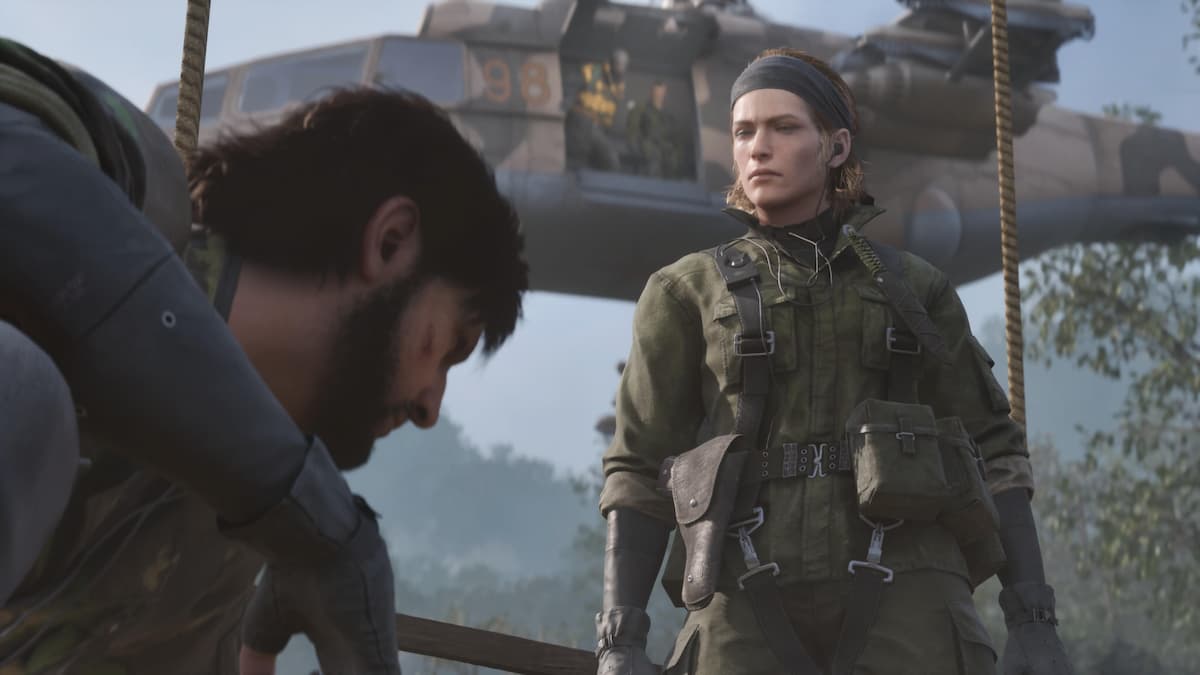
This month, Konami will release Metal Gear Solid Delta: Snake Eater. This is a full remake of the 2004 game, and just like Konami’s Silent Hill 2 remake before this, Delta is a faithful recreation of Hideo Kojima’s masterpiece. There are some changes, including a modernized control scheme and souped up graphics that sometimes slip into uncanny valley territory, but outside of that, the game has been left untouched.
Coming to this so quickly after beating Death Stranding 2, it’s startling to see just how much Kojima’s style has changed over the years. Whereas the early MGS games weren’t afraid to embrace their campiness and get a little silly at times, Kojima’s later games like MGS V and Death Stranding feel like they’re taking themselves a bit too seriously. Even Death Stranding 2‘s main villain, who prances around with clown makeup, feels like someone Kojima wants you to address with a straight face. With Snake Eater, though, the game is fully aware of its absurdity and wears it on its sleeve proudly.
This isn’t to say that Metal Gear Solid Delta: Snake Eater is the perfect game you remember it as and that it holds up flawlessly in the year of our lord 2025. Oh trust me, the flaws are there and they are glaring. But it’s a reminder of a simpler time and a surefire way to make you think, “Man, they sure don’t make video games like that anymore.”
Metal… Gear?!
Metal Gear Solid Delta: Snake Eater is set during the Cold War period between the USA and the Soviet Union. Naked Snake — before he became known as the legendary Big Boss — is tasked with retrieving a Russian scientist in enemy territory to stop the Russians from completing a dangerous nuclear weapon they’ve been working on. Supporting him are Zero (your Colonel Campbell stand-in), Para-Medic, Sigint, and The Boss, Snake’s mentor. The operation goes awry when The Boss is revealed to have defected to the Soviet Union, leaving Snake with nothing more than a few broken bones, a trip down a raging river, and her bandana to remember her by.
The US sends Snake on another mission soon after that. This time, they will retrieve the Russian scientist and put a stop to the Soviet Union’s plans. And also, they’ll kill The Boss for defecting.

The premise is immediately compelling, thanks to its simplicity. While Snake Eater loves throwing around political jargon and being a little too verbose in its dialogue, the plot is easy to follow, and so too is the emotional core: The Boss didn’t just betray her country. She also betrayed Snake. This mission is personal, and Snake never lets us forget it. Because of this, and because of the way Snake Eater expertly doles out tidbits about Snake’s history with The Boss, you’re completely invested in his mission before you even get close to the finale.
Unlike the cartoonish villains that preceded her — the overly dramatic liquid and dreadfully dull Solidus — The Boss actually feels like a very real and very human threat. It’s clear that Kojima has a lot to say about mothers in general because it’s painfully obvious in the way he’s written The Boss. She’s not just Snake’s mentor, she took on a maternal role in his life. She raised him and called him her child, taught him how to fight (“Try to remember the basics of CQC”), so it’s only fitting that he should be the one to kill her in the end.
Like I said previously, though, Snake Eater also embraces its absurdity. The captivating seriousness of The Boss is comically contrasted with her Cobra Unit, four (more or less) seriously deranged men who should consider getting a real job. Or therapy. That would be a start.
Your boss fights consist of a man covered in hornets, a man who dislocates all his limbs so he can climb up trees backwards like a spider (also has a disturbingly long tongue), a man whose eyeballs pop out of their sockets when he’s looking through a sniper scope and photosynthesizes through his skin, and a man dressed in an astronaut spacesuit who likes waving his flamethrower around.
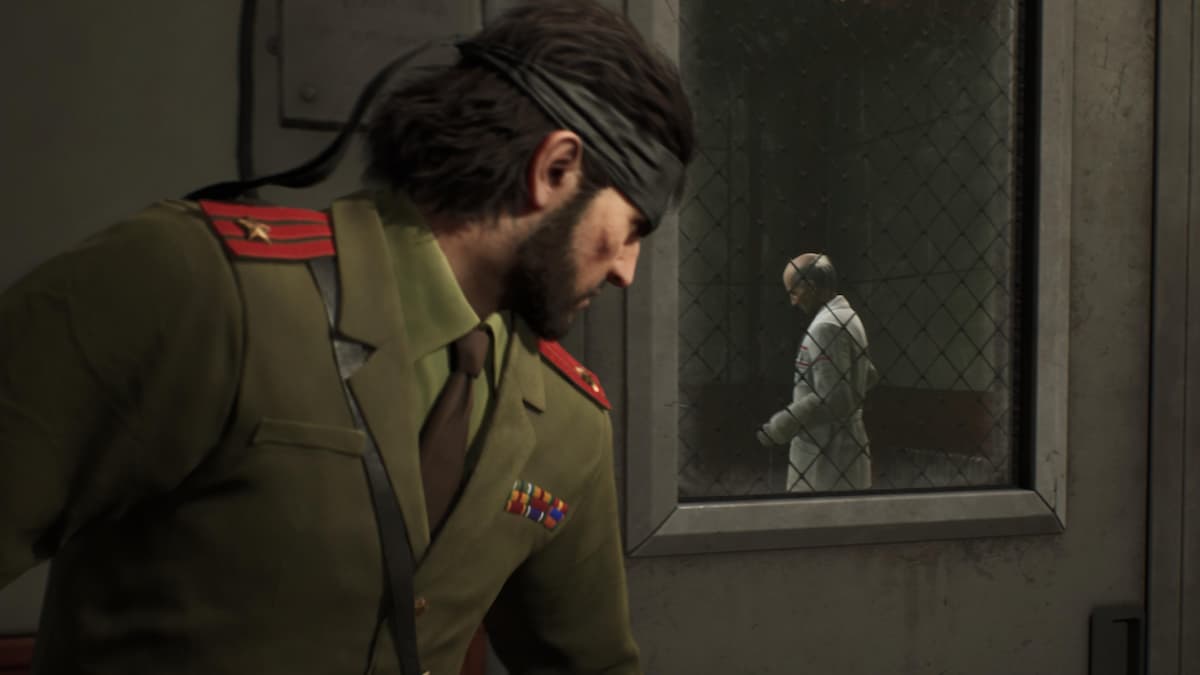
Tying all of them together is Volgin, a Soviet colonel who’s working with The Boss to get a nuclear weapon called the Shagohod working. Volgin is your typical Grade-A asshole and a sexual offender to boot. This is where some of Snake Eater‘s outdated elements start to rear their ugly heads. The game takes pleasure in torturing and sexualizing its one conventionally attractive female character in EVA, and it doesn’t spare the men either. Whereas 11 year old me used to think it was funny that Volgin could ascertain a male character’s real identity by grabbing his balls in front of other people, it doesn’t quite fly by today’s standards. And I’m saying this as a woman who used to defend Quiet’s horrid character design before MGS V even came out.
Thankfully, these uncomfortable moments don’t crop up all that often. Though I have to say I could never quite shake off a sense of unease whenever EVA came onscreen because you just knew the game was going to make her do something completely stupid and, honestly, kinda degrading.
What a Thrill…
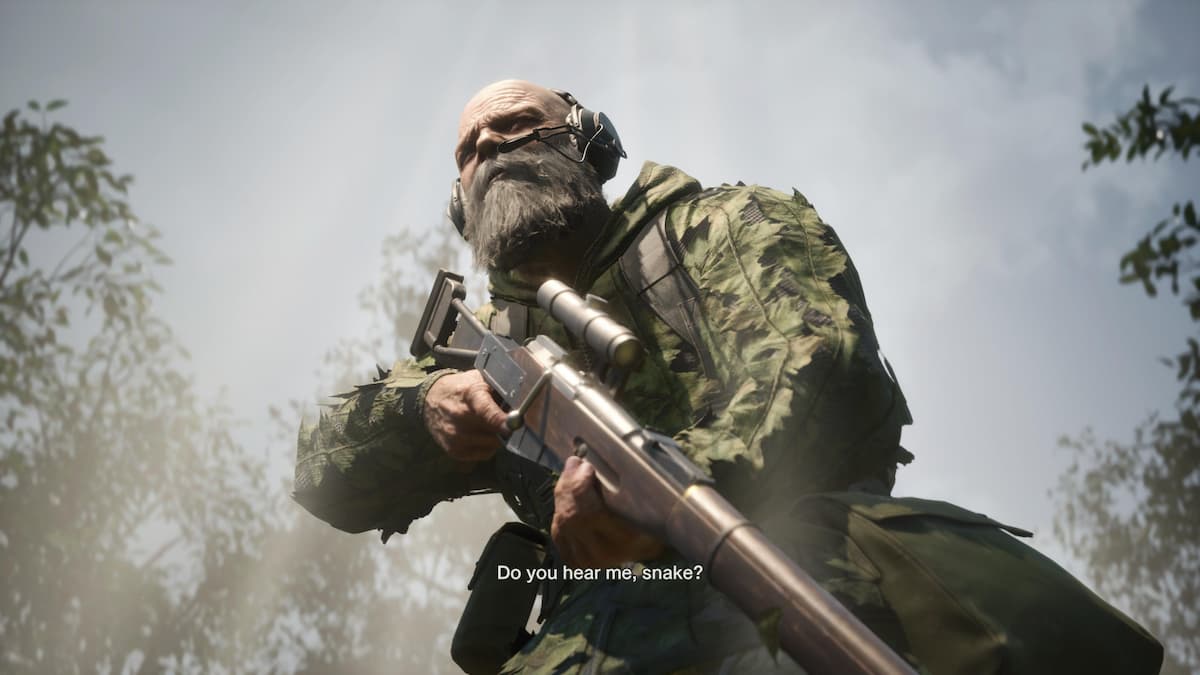
Where the game does hold up, though, is in its largely excellent boss fights. The Metal Gear Solid series has always been lauded for its great boss designs, and I’m pleased to report that Snake Eater‘s bosses are still fantastic. The standout is, of course, The End, who continues to earn his keep as the most unique and interesting boss fight the series has ever seen.
After my dad gave up on the game back in 2004, I eventually revisited Snake Eater when the HD Collection was released in 2011, and again in 2013 when the Legacy Collection came out. During those playthroughs, I did succeed in beating The End and seeing the whole game through, but in the clumsiest way possible. This time, with Delta, I was determined to do something I’d never attempted before: beat all the bosses non-lethally.
Non-lethal kills are pretty straightforward for most of the bosses, but with The End, doing so requires just a little bit more planning and thought. The fight is so masterful because of the number of ways you can tackle it: use the Directional Mic to pinpoint his location, look for the glint of his scope, kill his parrot to make him more aggressive, the list goes on. Ultimately, it’s a test of endurance and patience. The game forces you to take your time and slow down before making a move, and it punishes you harshly for rushing. It takes a lot of guts to design a boss fight like that — one with no music or obvious excitement, just the whistles of the wind in the forest — and even more finesse to actually pull it off.
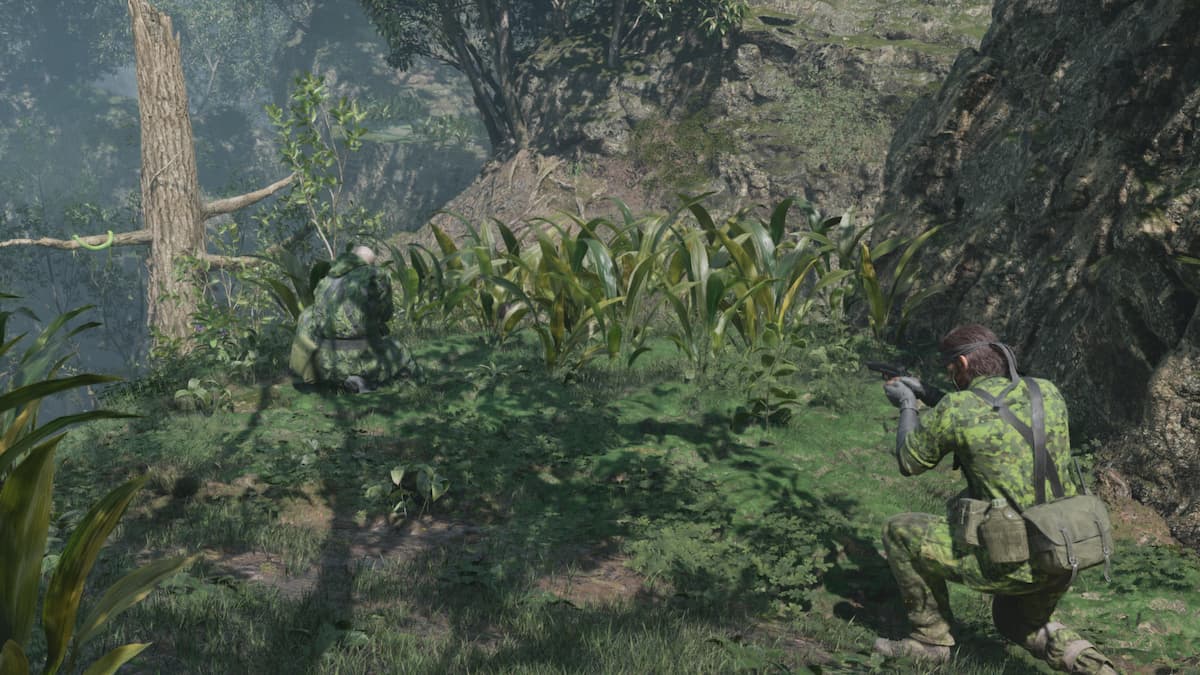
11 year old me couldn’t appreciate it, but 31 year old me is fully ready to finally concede that this truly is one of the greatest boss fights in video game history.
This isn’t to say the rest of the bosses are slouches either. Volgin’s first fight, for instance, is a brilliant affair of puzzle-solving and efficiency, and seeing how fast you can break his patterns before the bombs go off. The Boss’ fight continues to shine as a beautiful cap to the game’s final act. Even the weakest boss fight — The Fury — has its moments of greatness as you’re forced to navigate dark hallways while avoiding his terrifying flamethrower blasts.
While the Cobras are all silly men who are clearly just fodder for Snake to plough through on his way to Volgin and The Boss, I’d take them any day over most of Death Stranding‘s self-serious bosses.
War Has Changed
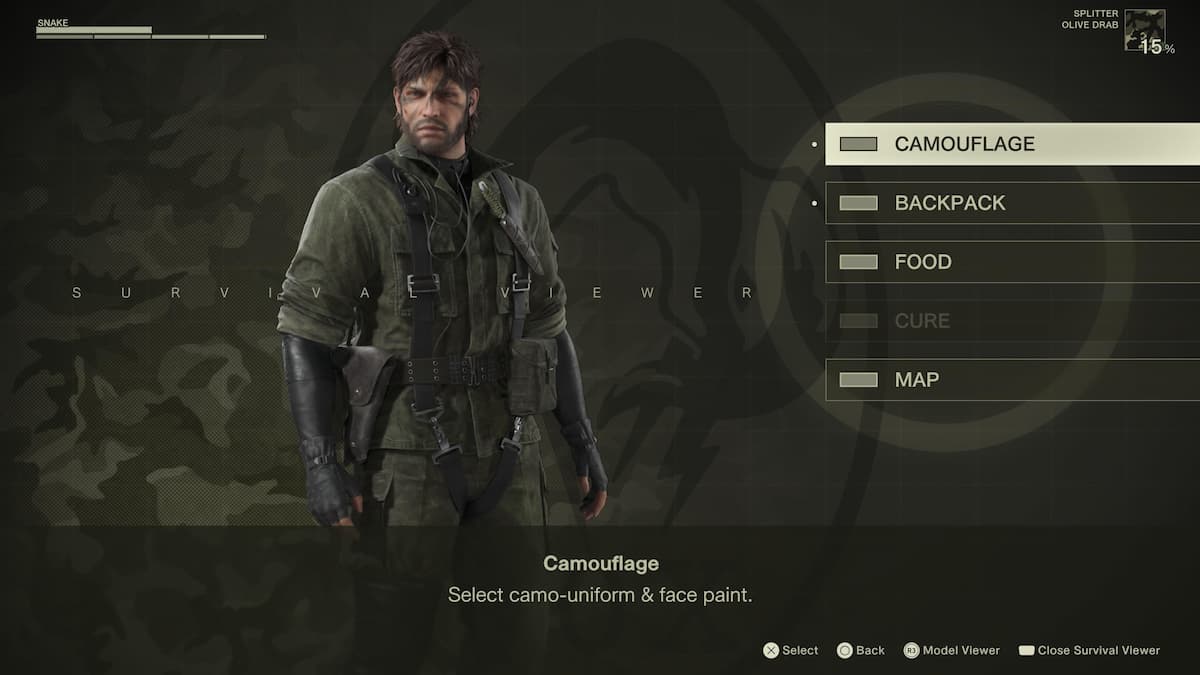
Metal Gear Solid Delta: Snake Eater brings with it a bunch of changes that I feel help to enhance the experience. The biggest one is the modern control scheme, which gives you full control of the camera and lets you play the entire game in proper third-person mode. The legacy controls are still there for those who want it, but the game is just so much easier and more enjoyable to play with modern controls. Granted, having full control of the camera does make things a tad bit easier, so you may want to consider bumping up the difficulty if you’re looking for more of a challenge.
The only balance change I noticed was in the Mk22 tranquilizer gun, which has been nerfed fairly significantly. It’s still just as potent as you remember it, but its range is drastically shorter, forcing you to get much closer to your enemies to avoid bullet drop. The rest of the weapons seem to have been left untouched.
Finally, the graphical fidelity is, of course, stunning and impressive. The cleaned up textures and environments are crisp and they look good, and the character models look even more realistic than ever before. This can sometimes be a problem, as there are times where the characters might look too realistic to the point of crossing over to the creepy side of the uncanny valley. It’s pretty much a different graphical style altogether, drifting away from the more cartoonish look of the original game, but it’s something I got used to very quickly.
Final Salute
Despite the rocky start to my history with Snake Eater, this is a game that has come to mean a lot to me over the years. It’s certainly not perfect, and even Konami knows there are aspects of the game that would be considered deeply problematic today. But Snake Eater is also a game with a lot of heart and earnestness, and that still comes through even past the glossy, shiny veneer of the remake.
Metal Gear Solid Delta: Snake Eater is a callback to one of the most exciting time periods in gaming history. A time where games weren’t afraid to take big swings and miss, but it’s only thanks to that fearlessness that we’re able to experience true innovation and creativity. Delta doesn’t do anything new, but it doesn’t need to. Sometimes, all a masterpiece needs is a fresh coat of paint.
A review code for the game was provided by the publisher. You can check out our review policy here. Reviewed on PS5.


